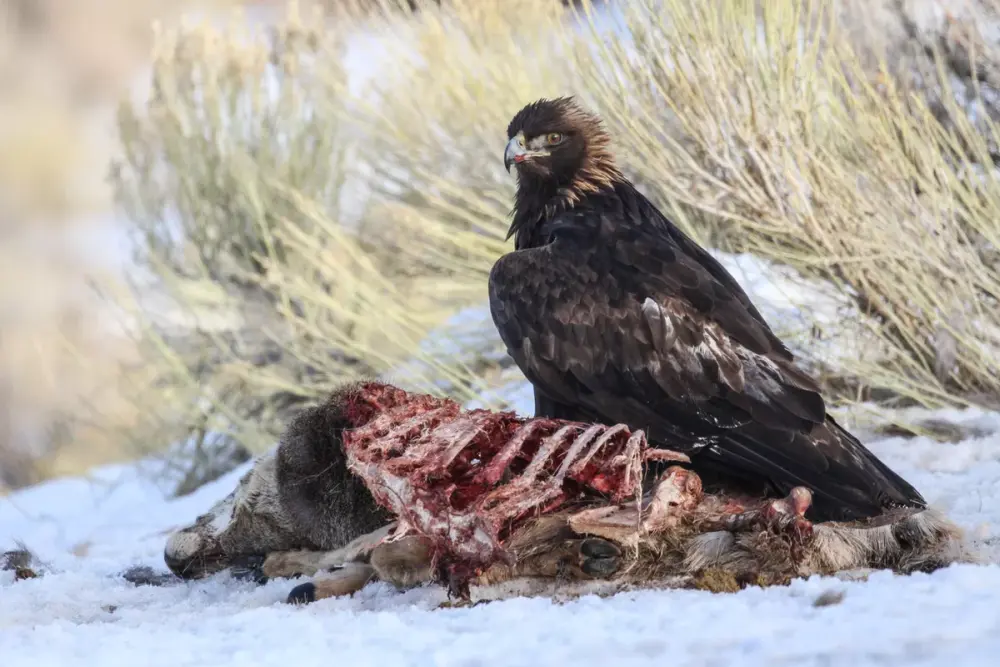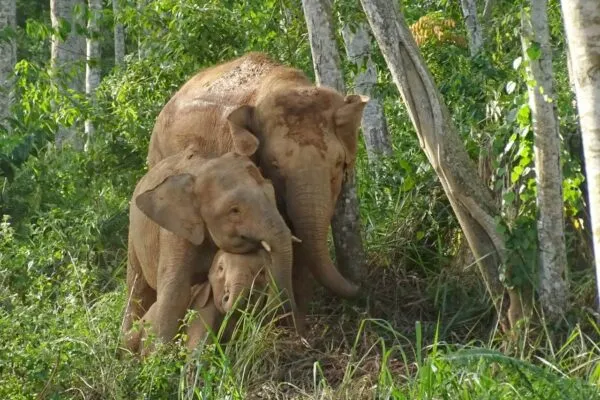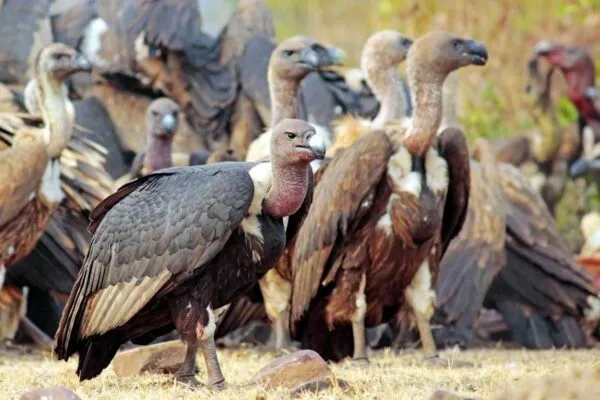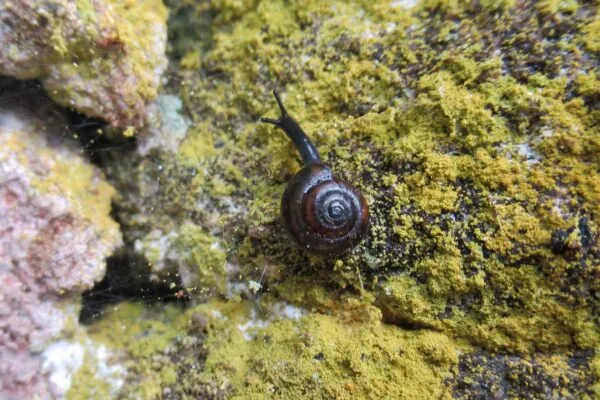Habitat Loss Prompts Global Decline in Population of Birds of Prey
Vultures have an undeserved bad reputation. Though they may be perceived as dirty, ugly scavengers, ecosystems rely on these birds to reduce the spread of diseases, which they accomplish by cleaning up carrion. Yet the vulture populations have plummeted in recent decades. The populations of birds of prey are expected to decline even further amid habitat loss and poisoning, a study has revealed.
For the study, scientists obtained data from International Union for the Conservation of Nature and BirdLife International. After analyzing the status of all 557 raptor species, biologists discovered that 18 percent of these birds are threatened with extinction and 52 percent have declining global populations, including the critically endangered Philippine eagle, hooded vulture and the Annobon scops owl.
Several other species are threatened with local extinction in particular areas, which means that they may no longer play their significant role in those ecosystems as scavengers, said Gerardo Ceballos, a bird scientist at the National Autonomous University of Mexico and co-author of the study published in the journal Proceedings of the National Academy of Sciences.
According to Gerardo Ceballos, the golden eagle, which is the national bird of Mexico, has now become a rare species in Mexico. Harpy eagles, which were once a widespread bird species, have disappeared due to deforestation.
The study recorded a 57% decline in populations of hawks, eagles, and vultures, whereas a 47% decline has been recorded in the population of nocturnal raptors, including owls. The study indicated that those factors causing the decline of birds and other animal species are constant and are causing more danger to the ecosystem.
Evan Buechley, a research associate at the Smithsonian Migratory Bird Center and a scientist at nonprofit Hawk Watch International who was not involved in the study, said that habitat loss, climate change and toxic substances are the biggest threats to these birds, worldwide.
The insecticide DDT has previously caused devastating effects on the birds including thinning of eggshells and the decimation of bald eagle populations in North America, leading to a ban on this product in the U.S. in 1972. However, Buechley said that other threats still pose risk, including rodent pesticides and the lead in hunters’ bullets and shot pellets. As many raptors feed on rodents and dead animals, these chemicals can potentially harm these birds.
According to Stuart Butchart, chief scientist at Birdlife International in the United Kingdom, most of the 4,200 sites, which were labeled by conservation groups as critical for raptor species globally, are unprotected or partly covered by protected areas.
A 2018 study had discovered that 52 percent of all raptor species worldwide are decreasing in population and the current analysis has only strengthened those findings.
Unfortunately, human activities are one of the main reasons behind the decline. Threats include habitat alteration or destruction, intentional killing, intentional and unintentional poisoning, electrocution and climate change.
Saving these carnivorous birds is important as they play a key ecological role. If these populations go extinct, humankind can expect more disease and foul stench on every corner of the planet, not to mention the great ecological imbalance.
Via: The Hindu



